#nay rezső
Photo


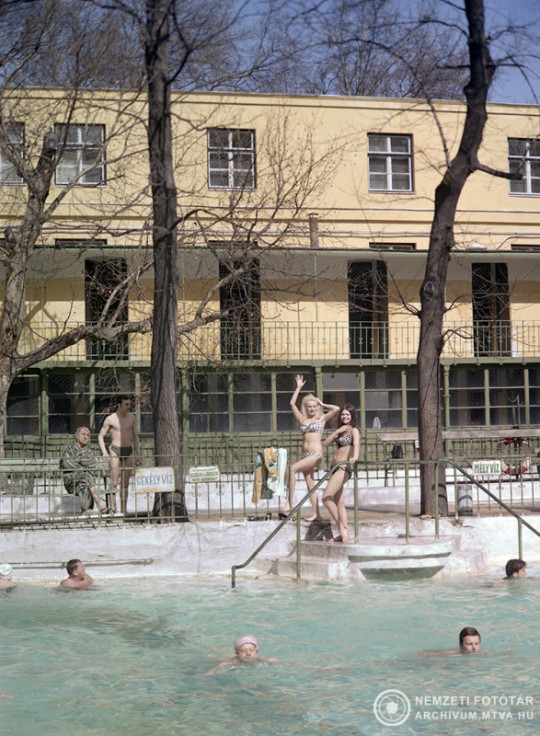
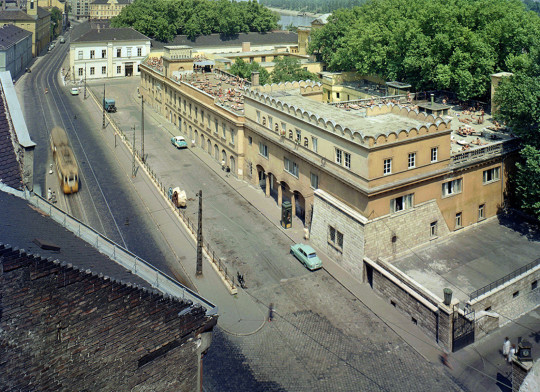
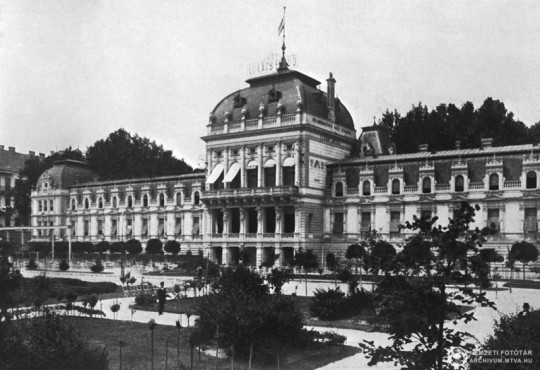

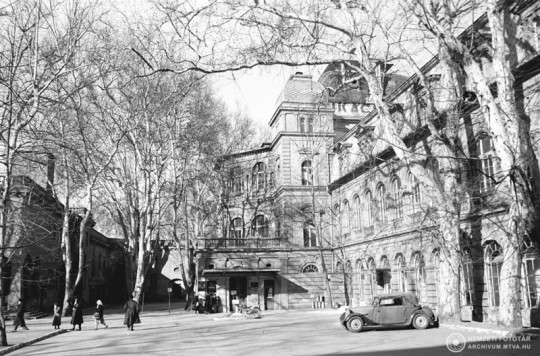

The place of healing, #St,Luke Bath Budapest The building complex of the Szent #Lukács Thermal Bath already existed in the 18th century; however, we can talk about today's bath only since the mid-1880s. The Lukács is a concept not only for those who want to recover, but because of its atmosphere; prominent representatives from the world of artists have often turned up here. According to a Lukács legend, their regular guest, Zoltán Kodály was even allowed to swim in the zigzag there. But we could talk of several artist, actors, politicians, the list is long. Now the story of the Lukács Bath comes to life. In the Middle Ages, this area was known as Felhévíz, which clearly refers to the thermal springs that originated here, and even to the geographical location of the area, as the southern part - Tabán - was called Alhévíz. Even today, these two groups of springs supply the water of the thermal baths of Buda. In addition, the most important hospital of medieval Buda, the Holy Spirit Hospital, was located in this area, and operated until the Ottoman occupation, when it was converted into a dervish monastery. The fortification that originally stood on the site of the spa building, besides its obvious protective role, also served economic purposes: it was a grain and gunpowder mill. However, the origin of the name Lukács is uncertain, it was allegedly formerly called “lukas” (holed) bath, according to one source; in Ottoman times the name of the bath was chukur-hamam, which means pit. According to other views, the “holed” was certainly not a very sophisticated attribute for the condition of the bath. We already know that the name Szent Lukács (St. Luke) Bath came from Rezső Palotay, who bought the area from the chamber in 1884. After the recapture of Buda, the spa became the property of the chamber due to the strategic importance of thermal springs (mill, water power, water extraction). Then a new era began in the life of the Lukács. The developments immediately made it a famous spa in the Monarchy and even across Europe. At the beginning of the 20th century, until the completion of the Széchenyi and Gellért Baths, it was the most significant thermal bath in Budapest. The sights of the spa, the gratitude plaques report on miraculous healings. Unfortunately, during World War II, many of the plaques were destroyed, and the remaining ones were built into the walls of the building during the renovation. In 1893, the Lukács Bath was transformed into a public limited company. The mud bath, the spa hotel and the public steam bath were also built. The first plans were made in 1888, by designer Rezső Nay, and the hotel was designed by Rezső Ray Sr. The bath was a one-storey building, with three pools on the ground floor. At the same time, the builders greatly underestimated the number of interested visitors. The undersized complex was soon expanded, all the more so because the planned hotel did not have a lobby. It still has a larger swimming pool today, and in its main element it still preserves the interior design solutions, but in other respects there are hardly any parts referring to the original building. The bath building presents a rather eclectic picture due to frequent reconstructions and restorations. The unity of the façade was brought to a common denominator by Rezső Hikisch in the 1920s in the Classicist-Biedemeier style, which is essentially still visible today. Due to many construction periods, the interior facades are strongly articulated, giving a more romantic impression despite the strict classicism. The statue of St. Luke built on one of the corners and standing on a curly column, was put here presumably during the Hikisch reconstruction. Significant transformations took place in the 1930s, the main reason for which may have been modernization, but at least as important was filling the previous gaps. The domed room, originally designed as a pool area, thus became the lobby of the already mentioned hotel. The construction of the Lukács drinking fountain was around this time, and its opening ceremony took place in 1937, in the frame of the First International Congress of Bathing. After the Second World War, a hospital was transferred to the former hotel, and the ORFI has been operating here since 1951. ORFI, then known as the National Institute of Rheumatism and Bathing, was founded in 1951 by merging the State Hospital of Rheumatism, which included the Lukács and the neighbouring Császár spas, and the nationalized Hospital of the Hospitaller Order. The bath was renovated in 2013, but something reminds us of earlier traditions. The names of the two pools in the central part of the spa: the colder one (22 ° C) is called men’s pool, while the 26 ° C degree warm swimming pool is called women’s pool.
5 notes
·
View notes
Photo






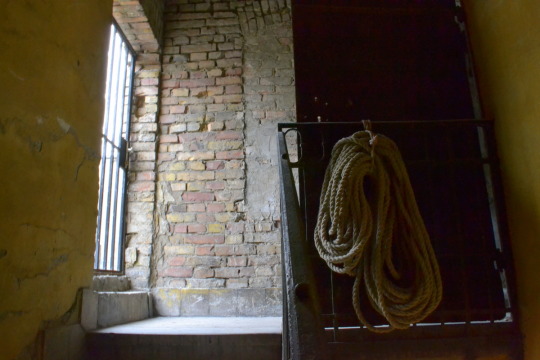



86./ II. török utca 10.
Csak ülök és meredek a képernyőre órák óta, hátha megoldódik magától. Idejét sem tudom, mikor csináltam ilyet utoljára, a 85-ös alatt azt mondja a timestamp, egy éve. Elmacskásodtak a kreatívizmok. A lépcsőházban-rohangáló izmok viszont köszönik, jól vannak, de a világért sem szeretném ezeket a középpontba állítani (még elvonnák a figyelmet, true story), mikor olyan örömteli eseményről lehet beszámolni, aminő az idén is megrendezett Budapest100. Igen, a Guardian is foglalkozott a kedves és pofonegyszerű koncepcióval, hurrá.
Miután a szombati napon megnéztem újra szűkebb pátriámban a csodálatosan minimalista homlokzatú Lajta-házat, vasárnap kvázirandom sétára adtam a fejemet, hogy aztán késő délután dögfáradtan izgulhassam végig Cancellara Paris-Roubaix győzelmét.
A főként Budán bonyolódó gyalogtúra utolsó állomása volt a Török utca 10., amit egy kedvenc, de már-már elfeledett Herczeg Ferenc idézettel népszerűsít a program: "járt-e Cecil a Török utcában?". Amiről itt most nem fog szó esni, az a Kosztolányi által a Kék róka kapcsán szétcincált képlet, mely szerint "a házasság háromszögét a férj, a feleség és a házibarát alkotja". Ugyanakkor mégis izgalmas kérdés, Cecile járhatott-e a Török utca 10. szám alatt, avagy hol lakott Trill báró?
Nehéz eldönteni. Nézem, forgatom a kérdést, de valahogy kevéssé realisztikus egy Trill báró, amint életvitelszerűen tartózkodik eme régi, de jelen állapotában igencsak eklektikus, sőt rendezetlen utca bármelyik bérházában. Persze ma már a 10. szám található, Engelmann Antal és neje számára épült lakóház idő tépázta torzója láttán is bőséges fantáziára van szükség az eredeti, rutinszerű későszecessziós állapot elképzeléséhez. Talán egyszerűbb az ügy, ha mellétesszük: a Mai Manó házat is a Nay Rezső és Strauss "Muki" Ödön vezette iroda jegyzi. Az persze nem teljesen világos számomra, miért van a Török utca 10. tervein a két Wellisch, Sándor és Gyula szignója is.
Mindazonáltal így 100 évesen hosszú a hiányok lajstroma: a II. Világháborúban teljesen megsemmisült a főlépcsőház, a felújítások során eltűntek a díszek mindenhonnan, csak a rutinmegoldások, pl. az előregyártott korlátelemek vészelték át az évszázadot. A homlokzaton azért érvényesül a nem túl képzeletgazdagon felmondott szecessziós formavilág, törtívű oromzat, zárterkélyek, kissé mállik már, és míg nézegetem, arra gondolok, ha én lettem volna Engelmanné, hát bizony nem feleltem volna Antal "ugye tetszik, drágám" kérdésére őszinte lelkesedéssel. Egy egészen különös tény a háború utáni időszak történetéből, hogy az ÁVH 1951-ben engedély nélkül, rabokkal felhúzatott egy új szárnyat a házhoz. Mindez nem szorul kommentárra. Aztán amin még elmerengek, az Gül baba türbéjének abszolút közelsége, a kert végében áll gyakorlatilag a legészakibb muszlim zarándokhely, némiképp egzotikus, díszletszerű érzetet kölcsönözve a térnek. Próbálom szituálni itt Trill bárót, vagy az építtető Engelmannt, a későbbi tulajdonos Wahlt, vagy a mosókonyhában járva a cselédeiket, de valami fal választ el a múlttól, így inkább hazacaplatok; bizonyos értelemben Cecil mégiscsak járt a Török utcában.
79 notes
·
View notes